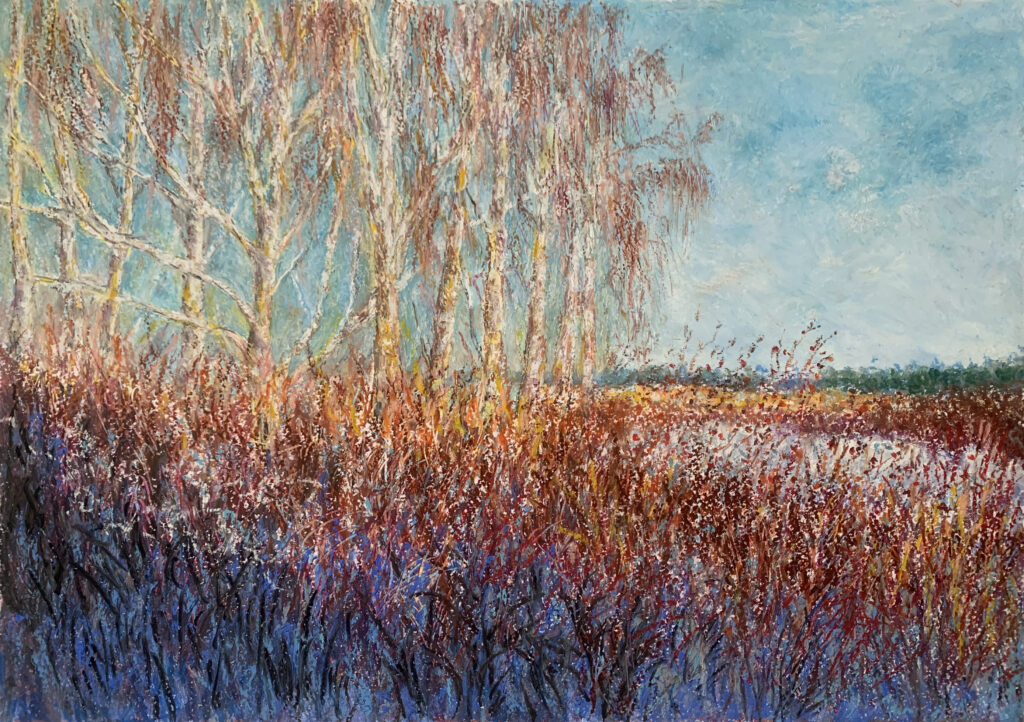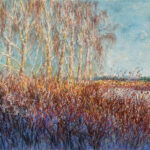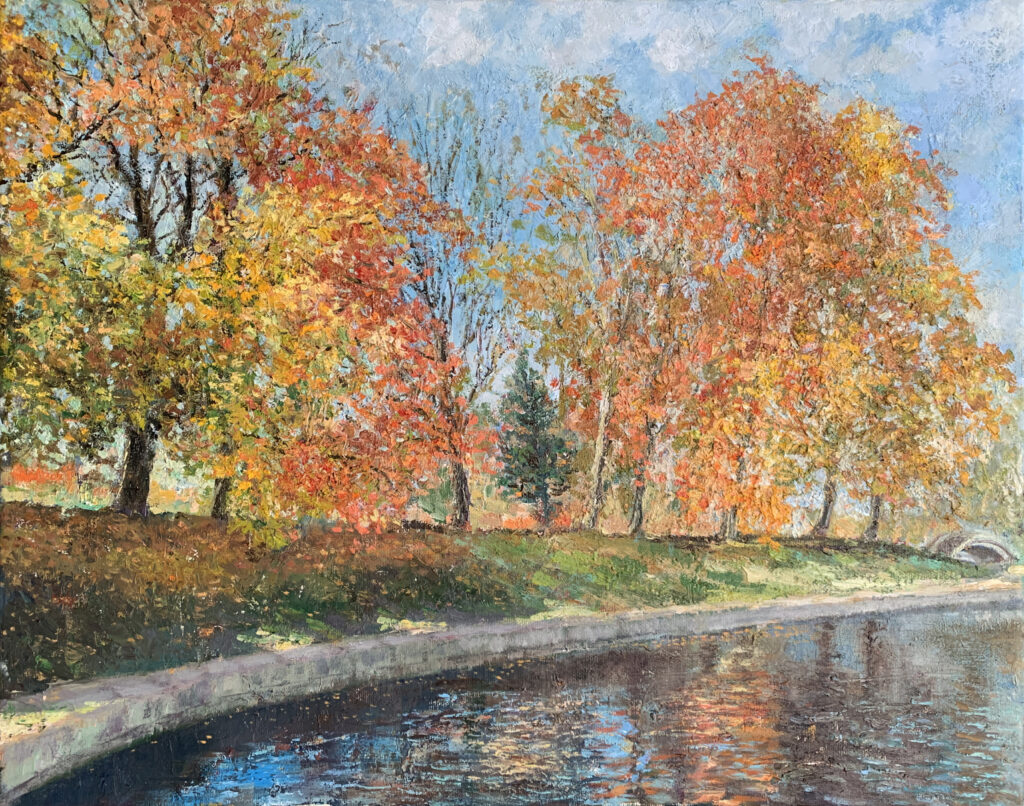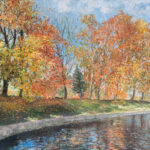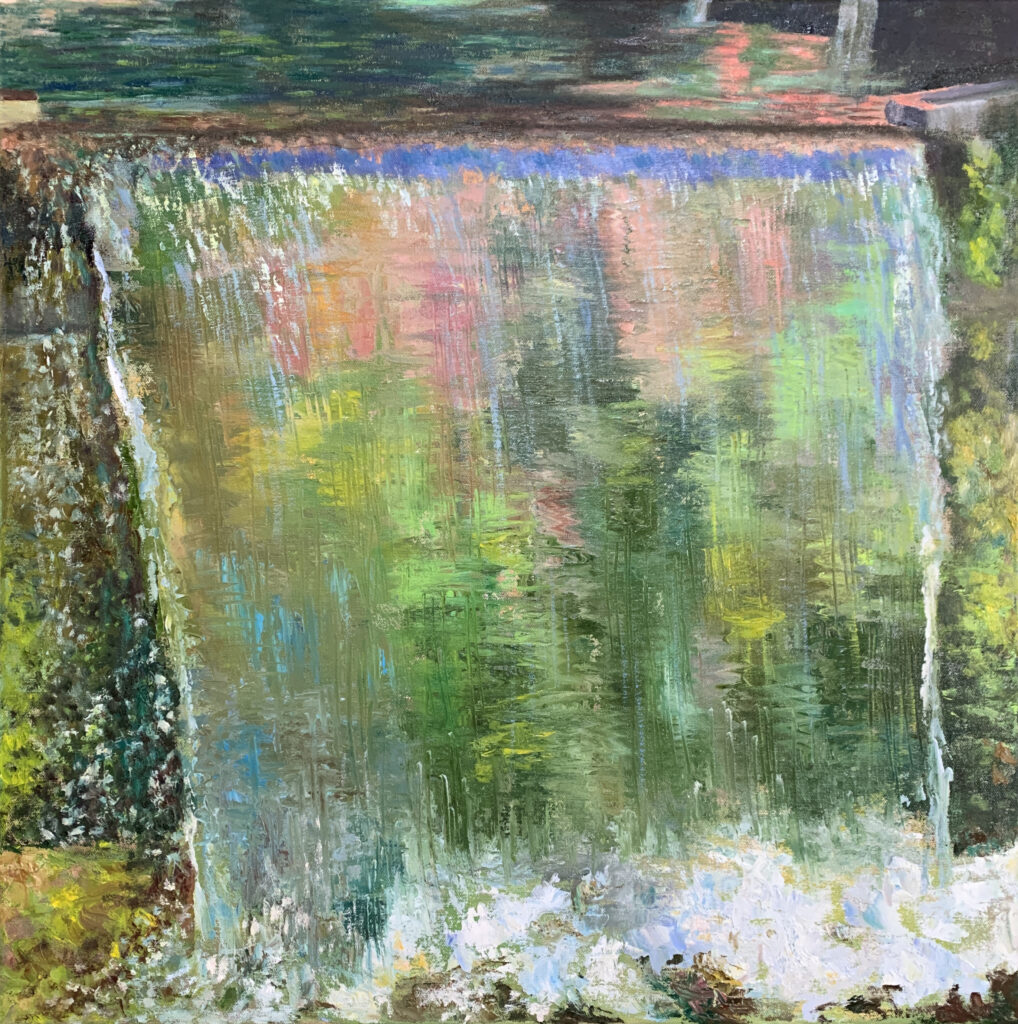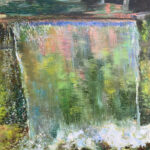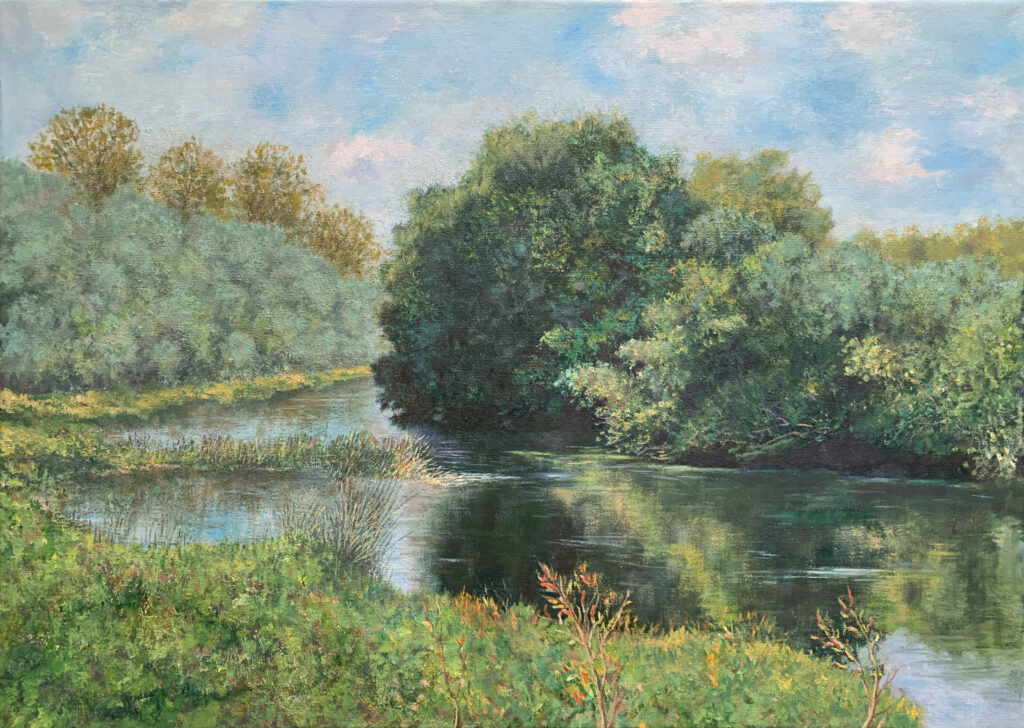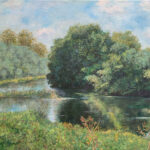In the spring of 1906, André Derain embarked on an important painting campaign in London, a journey he believed would help focus his mind and provide him with fresh motifs, as he searched for a follow-up to the vibrantly colored views of sun-drenched Collioure which had earned him such infamy at the 1905 Salon d’Automne. The results were a radical reimagining of the iconic cityscape, a unique series of paintings filled with bold passages of bright, saturated, color that belied the traditionally gloomy atmosphere and transformed the familiar landmarks of the English capital through explosive, autonomous bursts of pigment. While it remains unclear how many of the 29 known canvases depicting London subjects Derain actually painted during his stays in the spring of 1906 and the opening months of 1907, each of the works inspired by his journey are shaped by the boldly experimental approach of his technique at this time, as he forged a new direction in his art and formally stepped beyond observed reality with his daring use of color.
André Derain (French, 1880-1954)
Les voiles rouges
oil on canvas, 81.3 x 100.2 cm.
Painted in 1906
Private collection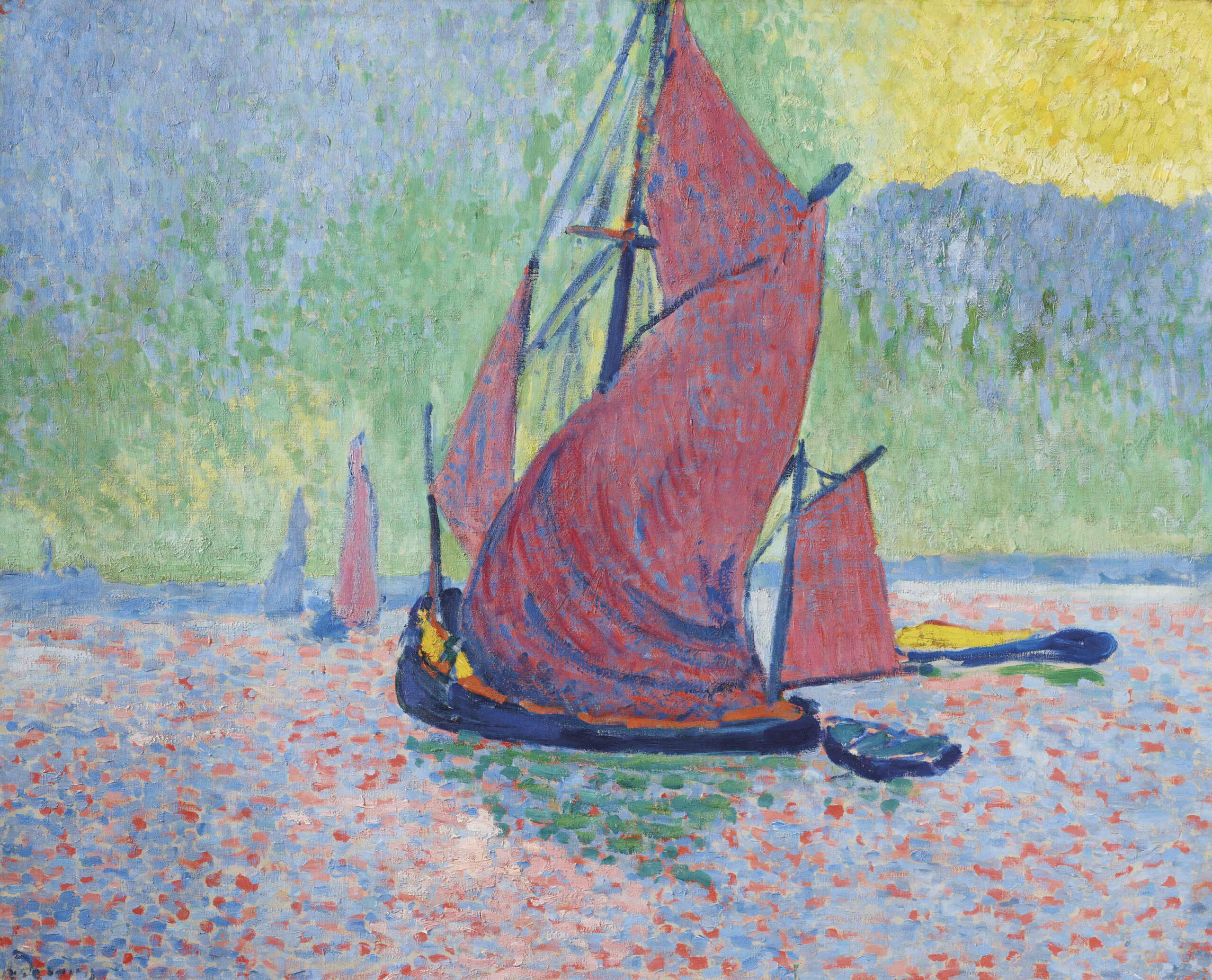
Derain’s voyage across the Channel had been funded by the ambitious art dealer Ambroise Vollard, who just a few months previously had audaciously stated his confidence in the young artist by purchasing the entire contents of his studio. Discussing his London sojourn in later years, Derain explained Vollard’s reasoning for the commission: “After a stay in London he was very enthusiastic and wanted paintings inspired by the London atmosphere. He sent me in the hope of renewing completely at that date the expression which Claude Monet had so strikingly achieved which had made a very strong impression on Paris in the preceding years” . Indeed, by accepting Vollard’s proposal Derain took on not only the new challenge of paintings cityscapes, but also attempted to directly revise the vision of London immortalized by Monet in his iconic series of paintings that depicted the city’s atmospheric play of light in foggy weather.
While the influence of Monet guided many of Derain’s earliest visions of the English capital, shaping his choice of motifs and viewpoints, it soon became clear that the two artists’ interests lay in very different aspects of city life. Unlike his Impressionist predecessor, whose depictions of London had centered on subtle variations of three specific viewpoints, Derain wandered further in search of motifs, rarely returning to paint the same place twice. Similarly, whereas Monet had often eliminated the less picturesque and intrusive elements of the river in order to accentuate the dramatic, yet fleeting, effects of fog, Derain reveled in the hustle and bustle of the Thames, celebrating its role as the principal artery for the commercial life of London. Training his focus on the busy flow of traffic along the river, particularly the section known as “The Pool,” he filled his compositions with details that spoke to the industrial character of the Thames, capturing the controlled chaos of barges and steamships as they traversed the waterway, the vast array of warehouses and trading business that lined the South Bank, and the hectic bustle of people and carriages along the river’s quaysides.
In Les voiles rouges, however, Derain turns his eye to a quieter stretch of the Thames, moving further out of the city towards Greenwich. This part of the river was renowned for its spectacular views, as it slowly meandered south-east towards its estuary, transforming into a vast expanse of water where traffic was calm and the cityscape disappeared into the distance. This quieter portion of the Thames features in just one other London composition, the atmospheric Effets de soleil sur l’eau, in which the shimmering, dancing play of light on the river becomes the artist’s sole focus, captured in a dazzling mosaic of vibrant greens and golds. Considered together, both Les voiles rouges and Effets de soleil sur l’eau represent a clear departure from Derain’s other depictions of London, shunning the bustling energy of the river as it winds its way through the city and instead presenting a serene, almost leisurely atmosphere. This search for tranquility was a growing concern for Derain towards the end of 1906: “Sincerely, I think that we, unlike the generations before us, we must tend towards calm,” he wrote to Henri Matisse from London. “Calm is certainty; beauty must surely be an aspiration towards calm”.
Radiating such a sense of peace and serenity, the central boat at the heart of Les voiles rouges glides through the water, a gentle breeze filling its dramatic red sails, while two other similar vessels appear just a short distance away, drifting towards the city in a diagonal procession. The distinctive rust-red shade of the sails and unique rigging of the boats indicate they are spritsail barges, a familiar sight on the Thames at this time and a testament to the working life of the river. Their vivid red coloring was the result of a special UV-protective coating placed on the sails, designed to protect the cargo being hauled from the effects of the sun, while its unique shape ensured the barge could traverse even the shallowest of waterways when fully loaded and still remain afloat. Celebrated for their speed and reliability, the spritsail was inextricably tied to the identity of the Thames, and London, during the first decade of the century and featured in a number of Derain’s sketches and paintings of the city. Here, however, the barges are transformed by their relocation to the wide stretch of river at Greenwich, appearing less as working vessels laden with goods but rather more like a trio of pleasure boats cutting through the river as they return to harbor for the evening. Rendered in simplified slabs of pigment and an array of brilliant tones, the scene loses its geographical specificity and instead becomes a timeless evocation of the tranquility and freedom life on the water could offer, even in the busiest of metropolises.


